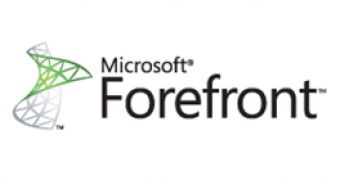Microsoft indicated that the Forefront anti-spam resource center was designed to provide customers with solutions and resources capable of protecting them from the deluge of unwanted email. In the Security Intelligence Report volume 6 (July - December 2008) released in April 2009, the Redmond company indicated that only 3% of the content emailed worldwide was actual emails, with the rest being just spam. In this regard, the Forefront Anti-Spam Resource Center, a destination tailored to business customers, is set up to work in conjunction with anti-spam technologies in order to protect IT messaging networks from unwanted content.
“More than 97% of all email is spam! And it is more than annoying…it also creates the ideal environment for malware attacks and phishing attempts. In response, we have recently launched the Forefront Anti-Spam Resource Center. Visit the site and add it to your favorites to stay up to date on Microsoft’s products, technologies and research to help you mitigate the risks and annoyances of spam in your company,” revealed a member of the Forefront team.
Of course, when it comes down to recommending security solutions to keep spam at bay, Microsoft is pointing to Forefront. The Redmond company even features statistics on its website, applauding the performance of Forefront technologies. In this regard, Forefront offers business customers a network uptime: 99.999% with an email delivery time smaller than two minutes. At the same time, Microsoft emphasized that solutions such as Forefront Security for Exchange Server and Forefront Online Security for Exchange blocked all known email viruses along with 98% of all spam, and delivered just a false positive for each 250,000 emails filtered.
“As in previous periods, spam in 2H08 was dominated by product advertisements, primarily pharmaceutical products (48.6 percent of the total). Together with non-pharmacy product ads (23.6 percent of the total), product advertisements accounted for 72.2 percent of spam in 2H08,” Microsoft explained.

 14 DAY TRIAL //
14 DAY TRIAL //